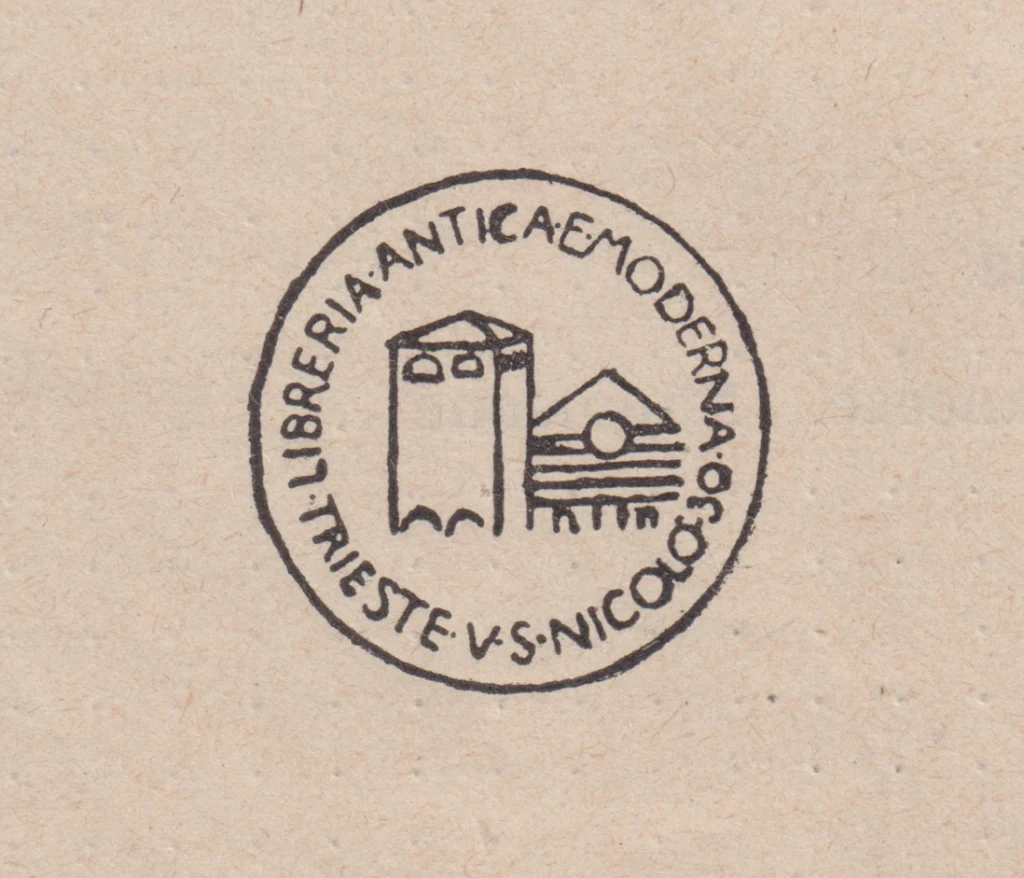If the most immediate reference to the title chosen by Saba for his novel in verse is Francesco Petrarca’s Canzoniere, the structure of the first edition of the 1921 collection and, in particular, that of the Nuovi Versi alla Lina (“New Verses for Lina”), more closely follows the Buch der Lieder (Book of Songs) by the German poet Heinrich Heine. The project of organizing the order of the poems in a significant succession of one’s own interior life brought him closer to Petrarch Canzoniere, as the first of the great Sabian critics, Giacomo Debenedetti, clearly saw, but the direct reference to the great model of Italian lyric poetry remained a worry for him. In the Storia e cronistoria del Canzoniere (“History and Chronicle of the Canzoniere”) he reveals that he thought of Chiarezza (“Clarity”) as a possible title, referring to Nietzsche’s motto “we are profound, we become clear again”. He considered it suitable for his own poetry, clear in its analysis with an expressive reach, but he feared that he could be considered polemical towards hermeticism, the most successful contemporary Italian poetry at the time. In an opinion expressed by the young writer Pier Antonio Quarantotti Gambini, to whom Saba was very close, we read that Saba’s verses have “an epic character, teeming with figures and facts, or rather with figures and facts in movement from one canto to another” ww- espousing a critical insight from Debenedetti and suggesting yet other hypotheses: Figure e canti (“Figures and Songs”) or Canti e figure (“Songs and Figures”). But in the end the Canzoniere would remain the Canzoniere.

